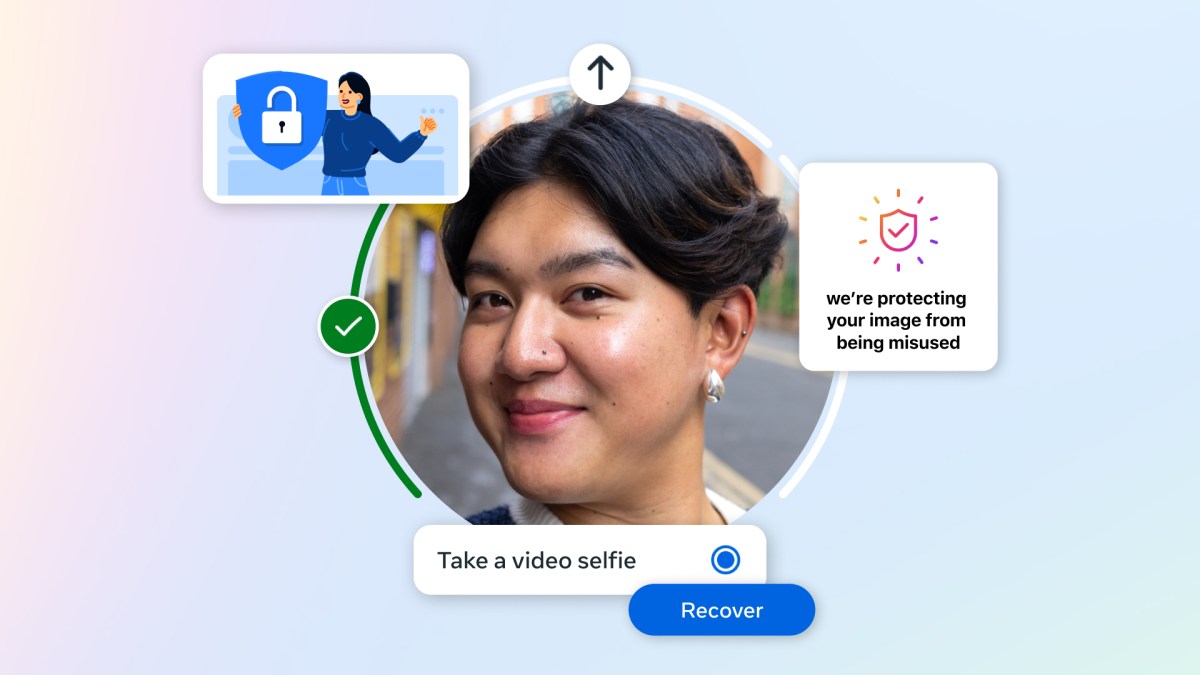In today’s digital age, safeguarding our online presence has become imperative, with social media platforms being a primary focus for security enhancements. One innovative approach being tested is the integration of facial recognition technology to protect users from deceptive practices such as celeb-bait advertisements and to streamline the process of account recovery. This article delves into the details of how this technology is being utilized, its benefits, and the potential it holds for enhancing online security.
Shielding Users from Celeb-Bait and Impersonation Scams
Scammers often exploit the imagery of well-known personalities—such as celebrities and influential content creators—to deceive users into interacting with fraudulent advertisements. These ads, commonly termed as "celeb-bait," often redirect users to malicious websites where they may be asked to disclose personal information or even transfer money. This practice not only breaches the policies of social media platforms but also jeopardizes the security of users.
While many advertisements featuring celebrities are legitimate, the challenge lies in distinguishing between genuine ads and those crafted to deceive. To address this, platforms like Meta have developed advanced ad review systems that employ automated technologies. These systems use machine learning algorithms to scrutinize millions of ads daily, assessing elements such as text, images, and videos for any policy violations, including scams.
Currently, a novel approach is under trial to detect celeb-bait scams. When the system flags an ad as potentially fraudulent, it employs facial recognition technology to compare the faces in the ad with those in the public figure’s profile pictures on platforms like Facebook and Instagram. If a match confirming a scam is found, the ad is promptly blocked. Importantly, any facial data generated during this process is immediately deleted and is not stored for any other use.
Preliminary trials involving a select few celebrities and public figures have demonstrated promising results in swiftly identifying and combating these scams. As these tests continue, more public figures will be notified and enrolled in this protection, though they have the option to opt-out via their Accounts Center at any time.
Another prevalent issue is the creation of impostor accounts that mimic public figures to trick users into engaging with scam content or providing financial assistance. For instance, fraudsters may falsely claim that a celebrity endorses a specific investment or request sensitive information for a supposed giveaway. Current systems rely on detection algorithms and user reports to identify such impersonators. Plans are underway to enhance these systems with an additional layer of defense, utilizing facial recognition to compare profile pictures of suspect accounts with those of genuine public figures.
Streamlining the Process of Account Recovery
Losing access to social media accounts can occur due to various reasons, such as forgetting passwords, losing devices, or being deceived into sharing credentials with scammers. When an account is compromised, users are required to verify their identity by uploading an official form of ID or a certificate bearing their name.
To improve this process, video selfies are now being tested as a method for users to verify their identities and regain access to compromised accounts. Users will upload a video selfie, which will then be analyzed using facial recognition technology to verify its match with the profile pictures on the account in question. This method is akin to identity verification processes used in unlocking smartphones or accessing certain apps.
Once uploaded, the video selfie is encrypted and stored securely, ensuring it is not visible on the user’s profile or accessible to friends or the public. As with the ad detection process, any facial data generated is promptly deleted after the verification is complete, irrespective of the outcome.
This video selfie verification method enhances the options available for account recovery, offering a quick and straightforward means for users to authenticate their identities. While acknowledging that cybercriminals will continue to target account recovery systems, this method is anticipated to be more challenging for hackers to exploit compared to traditional document-based verifications.
A Responsible and Forward-Thinking Approach
The battle against scammers is ongoing, as they continuously evolve their tactics to evade detection. In response, social media platforms are equally committed to staying ahead by developing and testing new technical defenses to bolster their detection and enforcement capabilities. These new measures have undergone thorough privacy and risk assessments, incorporating essential safeguards such as user notifications, control options, and immediate deletion of facial data once it’s no longer needed.
The primary objective is to protect users and their accounts, recognizing that while challenges will persist, facial recognition technology offers the potential to significantly enhance the speed, accuracy, and effectiveness of security measures. Ongoing dialogue with regulators, policymakers, and industry experts will ensure these advancements align with broader privacy and security standards.
In conclusion, as social media platforms continue to integrate sophisticated technologies like facial recognition into their security frameworks, users can expect a more secure and seamless online experience. By staying informed about these developments, individuals can better protect themselves from potential scams and enjoy a safer digital environment.
For further details and visual aids on identifying scams, you can refer to the infographic provided on the official Meta blog here.
For more Information, Refer to this article.

































